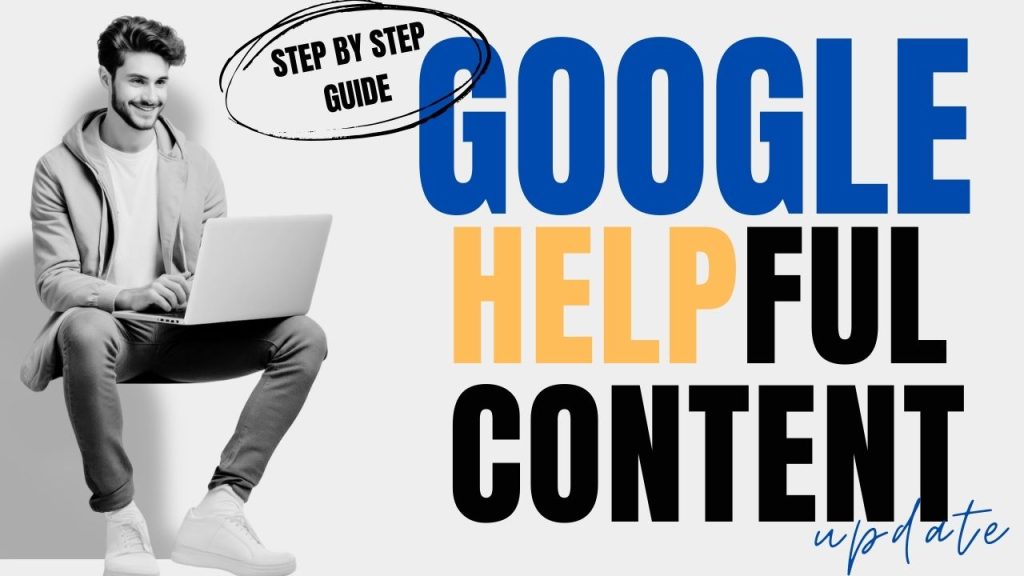Google’s Helpful Content Update, launched on August 15, 2024, aims to improve search results by prioritizing content that is helpful to users. If your website is struggling to rank after this update, fear not. This guide will provide you with clear and actionable steps to ensure your website aligns with Google’s guidelines and improve your search engine rankings.

Step 1: Understand the Helpful Content Update
- Core Principle: The update aims to reduce the number of low-quality, uninformative content that doesn’t add value to users.
- Key Factors: Google will prioritize content that is:
- Original: Not a rehash of existing content.
- Informative: Provides valuable insights or solutions.
- Comprehensive: Covers the topic thoroughly.
- Expert-Created: Demonstrates expertise in the subject matter.
- User-Focused: Written with the user’s needs in mind.
Step 2: Audit Your Existing Content
- Identify Low-Quality Content: Review your website for pages that might be considered low-quality or uninformative.
- Assess User Intent: Determine if your content is addressing the user’s search intent accurately.
- Check for Originality: Ensure your content is original and not a duplicate of existing material.
Step 3: Create High-Quality Content
- Focus on User Intent: Understand what your target audience is searching for and create content that directly addresses their needs.
- Provide Value: Offer unique insights, solutions, or information that is not readily available elsewhere.
- Be Comprehensive: Cover the topic thoroughly, providing a detailed and informative explanation.
- Demonstrate Expertise: Back up your claims with evidence, statistics, or expert opinions.
- Use Clear and Concise Language: Write in a way that is easy to understand and avoid jargon.
Step 4: Optimize for Search Engines
- Keyword Research: Identify relevant keywords and phrases that your target audience is searching for.
- On-Page SEO: Optimize your content for search engines by using keywords appropriately in headings, subheadings, and body text.
- Technical SEO: Ensure your website is technically sound by addressing issues like broken links, slow loading times, and mobile-friendliness.
- Backlinks: Build high-quality backlinks from reputable websites to improve your website’s authority.
Step 5: Continuously Monitor and Improve
- Track Performance: Use analytics tools to monitor your website’s traffic, rankings, and user engagement.
- Make Data-Driven Decisions: Use the insights from your analytics to identify areas for improvement and make necessary adjustments.
- Keep Up with Updates: Stay informed about Google’s algorithm updates and adjust your strategy accordingly.
Additional Tips
- E-A-T: Focus on expertise, authority, and trustworthiness (E-A-T) to signal to Google that your content is reliable.
- User Experience: Prioritize a positive user experience by making your website easy to navigate and visually appealing.
- Mobile-First Indexing: Ensure your website is optimized for mobile devices, as Google now prioritizes mobile-friendly content.
By following these steps and adhering to Google’s guidelines, you can improve your website’s rankings and ensure it aligns with the Helpful Content Update. Remember, creating high-quality, user-focused content is essential for long-term success in search engine optimization.